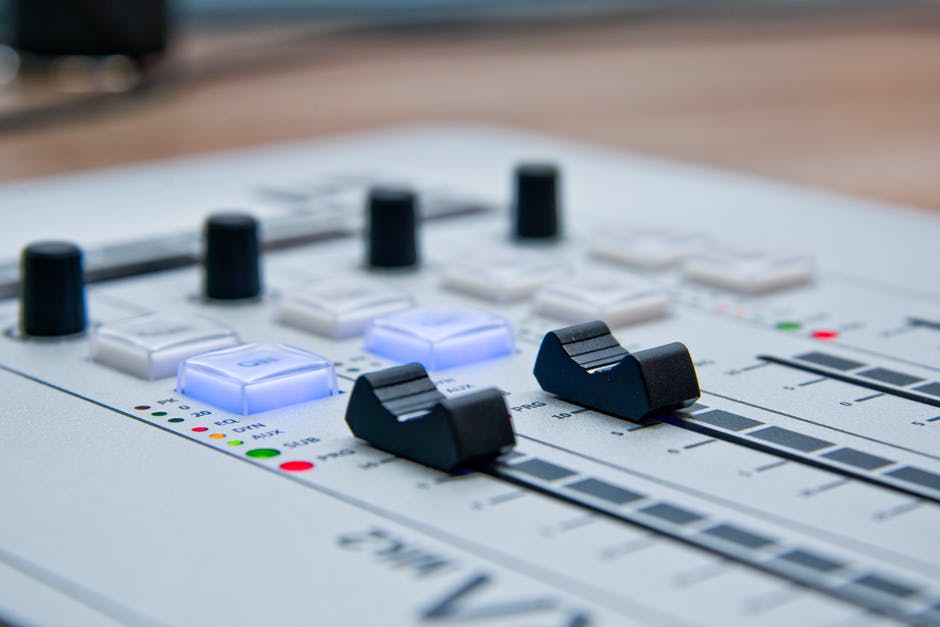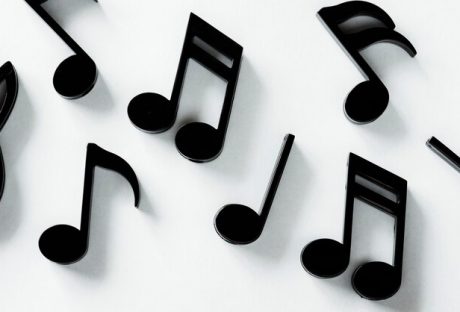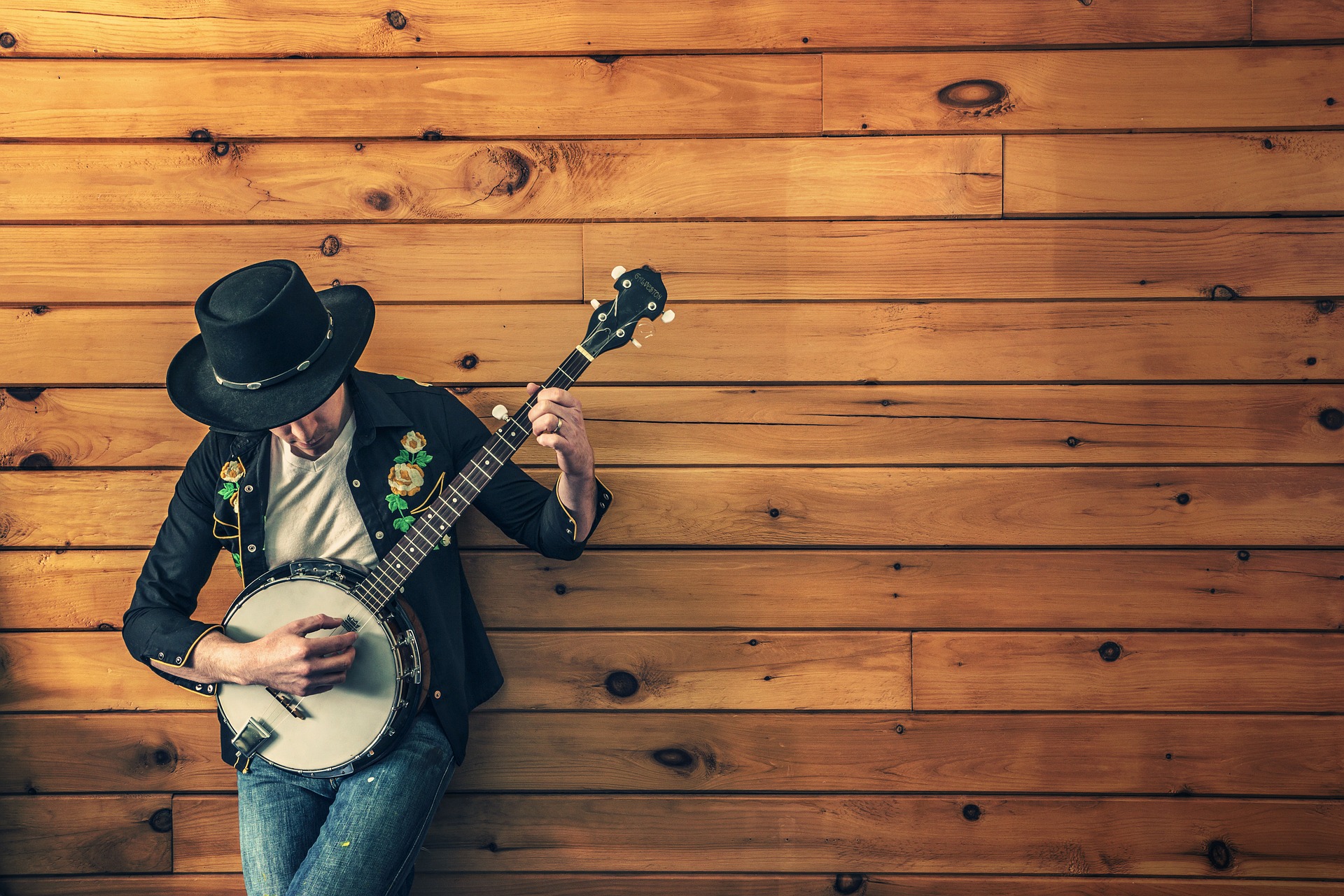So, you have bought a brand-new TV but it’s sound system doesn’t please you at all. Well, there is so much that TV manufacturers can do but when it comes to quality sound, slim TVs usually have a problem projecting the best sound possible. This is because they have very little room for a powerful and quality sound system. Most of these TVs are ideal for watching your favorite TV shows but they are not great for watching movies or even some of your favorite TV dramas. The good news is there is a solution to make your TV’s audio just as clear as its pictures.
Soundbars are enclosed speakers that are designed to sit in front of or underneath your TV. If you have mounted your TV on the wall, you can also mount your soundbar right beneath it because they also have their own mounting kits. Choosing the best sound system for your home can be a daunting task, but don’t worry, you will get all the tips and the help that you need here.
How Big Is It?
Soundbars come in all shapes and sizes. If you are planning to place it directly beneath your TV, then it is important that you get a soundbar that is going to fit the size of your TV. In addition, make sure that you have enough space for your soundbar. This is very vital especially if your TV is in an enclosure. Another important thing to note is that there are soundbars that are made by the same company that built your TV. For example, Samsung has its own soundbars that match well with their curved TVs. One thing though, TV manufacturers don’t always build the best audio products.
Connectivity
Are you planning to plug your new soundbar system into an HDMI port on your TV? If yes, then you need to look for a soundbar that offers that option. It is important to shop for a soundbar that has the connections that you need for proper installation. The best type of soundbar is the one that has a variety of inputs for connecting various video and audio sources. It is also important to ensure that the outputs on your soundbar match those of your TV. In this regard, it will be better if you look for a soundbar that supports HDMI, Bluetooth, Wi-Fi, Digital Audio Inputs and Streaming services.
Subwoofer
A subwoofer can simply be described as a speaker that is designed to reproduce only the lowest bass frequencies. The thing about soundbars is that most of them are too slim to reproduce lower sound frequency, so you will need a separate subwoofer if you want to have the best sound possible. If you love video games, action movies, or TV programs that require low bass frequency, a soundbar that comes with a separate subwoofer is most likely the best system for you. Another important feature of these subwoofers is that most of them are wireless. This means that you just need to plug them on a power source and you are good to go.
Surround Sound
It is true that soundbars are better than portable speakers, but when shopping for one it is always in your best interest to consider the effects of surround sound. You can still get a better quality sound from a soundbar system even if you don’t have enough space for a multi-speaker sound system. In this case, you will have to choose a multi-channel sound bar system. This type of soundbars usually has five or seven audio channels, with distinct sounds assigned to each and every one of them. They are highly recommended if you want to create a three-dimensional surround sound effect. Some sound speakers can easily fool your brain into hearing things that are not there.
The most recommended way to choose the best soundbars for your home is to consider all your options. Know what your placement options are, the amount of space that you have, the size of the soundbar that you are looking for, the effect or surround sound, and whether or not you will need a separate subwoofer. It’s obvious that a good soundbar is better than the portable speaker and a perfect way to boost the sound system of your TV.
Read more :





















